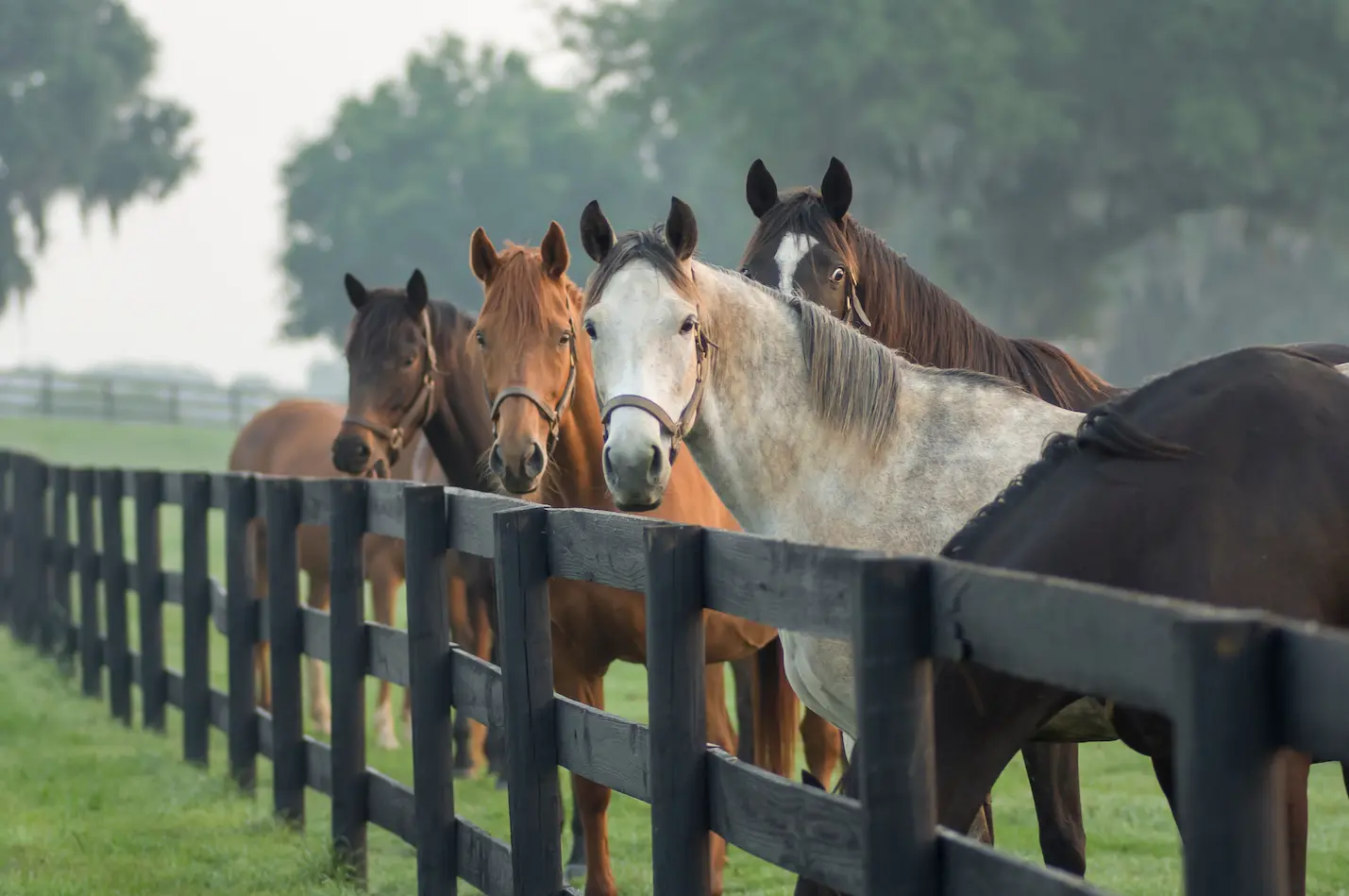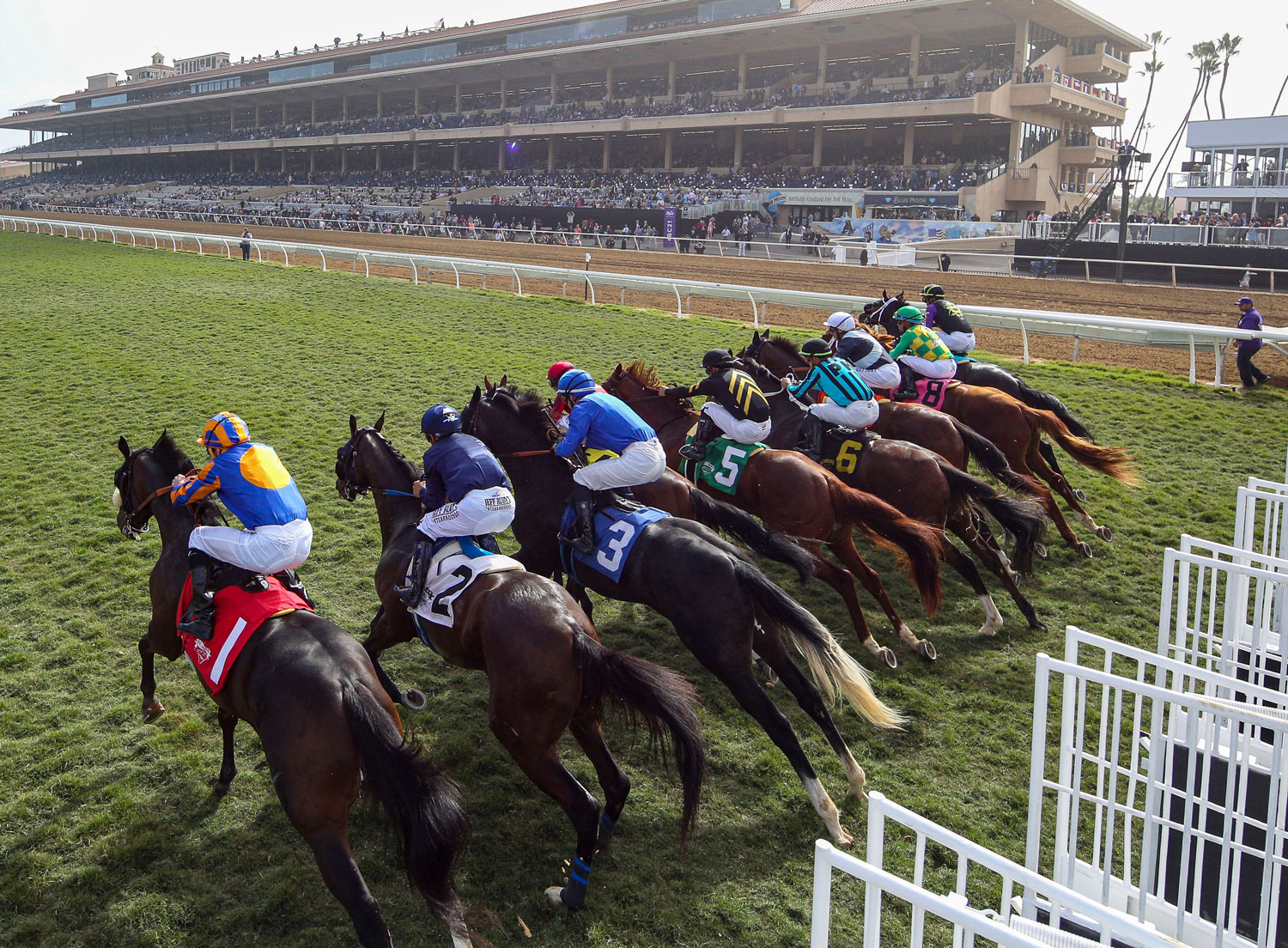Your horse is groomed to a high shine, hoofs picked, mane neatly combed. Now it’s time for the part of the tacking process you’ve been dreading: saddling. Every time you go to strap on the girth, no matter how gently, your horse pins his ears, bites at you, and maybe even threatens to kick. In extreme cases, he throws himself to the ground in the crossties. All of these behaviors are scary and dangerous for both of you.
Having a girthy horse is a common problem for many owners. Many times, your horse came to you that way. Sometimes he developed girthiness later in your partnership. Either way, you’re not really sure why.
Here are the top three reasons horses develop girthiness. With the help of your vet and a knowledgeable trainer, you can use the process of elimination to determine which issue is causing your horse to be girthy – the first step in fixing it.
Your Horse May Be Girthy Because His Tack Doesn’t Fit
Your horse may be telling you he doesn’t like the girthing process because either it or his saddle is causing him pain. Make sure that your tack fits properly and is placed correctly on his back. The girth should be tight enough to hold your saddle in place, but not so tight that it restricts your horse’s breathing or movement. If it’s too loose, it is liable to rub or pinch.
Ask a professional, whether it’s a reputable trainer at your barn or a knowledgeable horsey friend, to help you evaluate your saddle’s fit. Check to see that it is:
- Positioned correctly – Many saddles are placed too far forward where they restrict the shoulder’s movement.
- Fitted correctly – The saddle should be balanced from front to back, shouldn’t be too narrow or too wide, and the tree should sit evenly along your horse’s back (no “bridging” or tighter and looser areas that can pinch or rub).
- In good condition – Unseen damage, such as a twisted or broken tree, could be causing your horse discomfort and thus his resistance to being girthed. The flocking and underside of the saddle should be totally smooth.
Equine Girthiness May Be a Reflection of Discomfort in the Hindgut
Your horse has a very large and very sensitive digestive tract, which is critical to his health and well-being. The hindgut in particular is massive, filling up the greater portion of the belly. It extends the length of your horse’s underside all the way up into the girth area. The delicate balance of the hindgut is easily disrupted for many reasons, causing minor pain at best and serious conditions like ulcers and colic at worst.
Many assume a girthing problem is related to the stomach. But the stomach is high and deep in the abdominal cavity where it isn’t affected by the girth. Rather, the colon is extremely large and low and extends to the area where the girth sits.
It is quite possible that a minor imbalance in the hindgut, or even a more serious one like colonic ulcers, is causing pain that makes girthing uncomfortable. Here are some additional signs that your horse’s girthiness is internally related:
- Evidence of grain in the manure
- Manure is loose
- Manure is exceptionally dry
- Difficulty maintaining weight or goes off his feed
If any of these other signs are present, there are ways you can change how you feed and manage your horse to improve the health of his digestive tract. Always consult your veterinarian before making changes to your horse’s care and nutrition.
Girthiness Caused By A Previous Trauma
Horses have long memories, especially when there is pain involved. If you horse was mishandled or experienced an injury at any point in his life, his adverse reaction to the girth may be an ongoing result. Here are some types of trauma that may be causing your horse to act girthy.
- Poor training – Someone may have tried to teach your horse to accept and saddle and girth too quickly when he was young. Instead of going one step at a time and allowing your horse to get used to the girth gradually, they may have tightened it right away scaring him and causing discomfort.
- Remembered pain – A girth that was too tight or rubbed, an improperly fitting saddle, an injury, or a digestive problem that caused pain could still be in the forefront of your horse’s memory. If he remembers that a girth hurt once, he may be afraid it will hurt again.
Unfortunately, poor training and past pain are very difficult problems to undo. In each case, you will basically need to start over with your horse’s training. Re-teach your horse to accept the saddle and girth slowly, one billet hole at a time. And by slowly we mean over a matter of days, weeks, or even months as your horse needs.
Need Help With The Process of Elimination?
Do you have some additional questions about your horse and his girth issues? Championship Arabian trainer and lifelong horseman Bill Rodgers would love to help. You can email Bill at rodgerslimited@aol.com and explain your particular situation. He’ll be happy to help you work through the process of elimination and determine how best to help your horse accept the girth.



